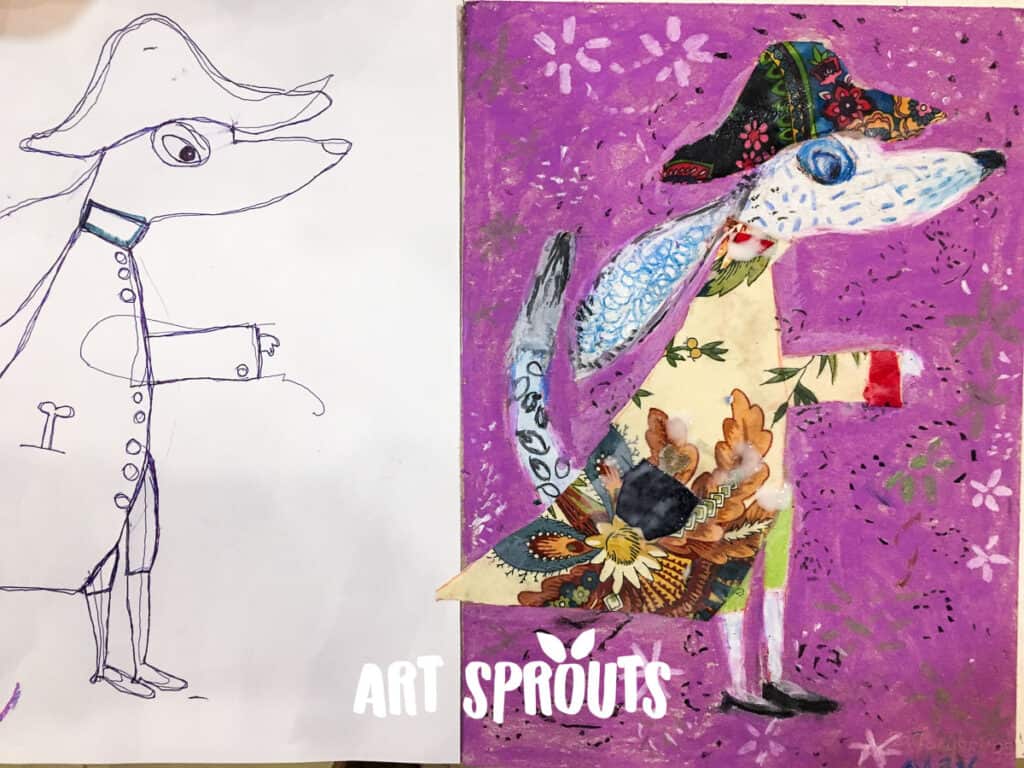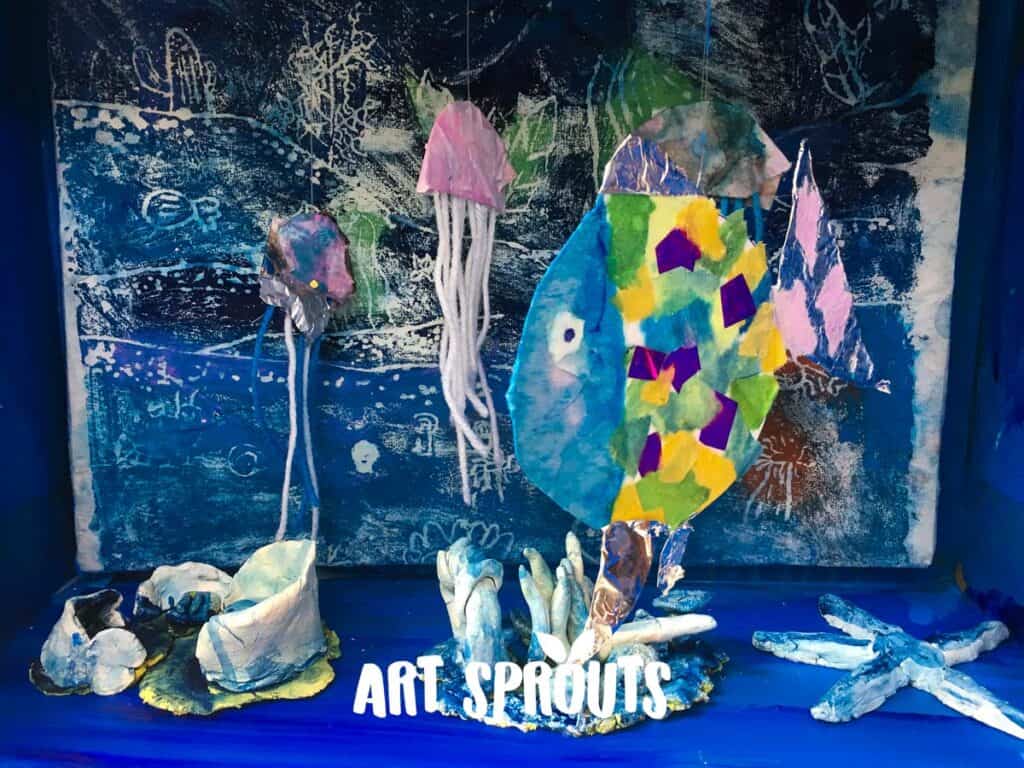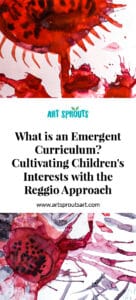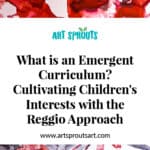When it comes to teaching kids, there’s no one-size-fits-all solution. That’s where the concept of the emergent curriculum comes into play, a method that the Reggio Emilia approach to education really champions. This method isn’t about sticking to a rigid plan; instead, it’s all about tuning into what kids are curious about and using that to drive their learning.
What’s the Emergent Curriculum All About?
Imagine a classroom that adapts to the children in it rather than the other way around.
That’s the essence of the emergent curriculum. Unlike traditional teaching, which follows a set plan regardless of who’s in the room, this approach listens to the kids. It’s a bit like a dance between what they’re interested in and how they can learn from it.
If the kids are fascinated by bugs, then bugs become the gateway to learning about science, art, math, and more.
This flexibility makes it a perfect companion to other modern teaching methods like big idea curriculum, project-based learning, and inquiry-based learning. In a big idea curriculum, overarching concepts or questions guide learning, and the emergent curriculum can help tailor those big ideas to children’s interests.
Project-based learning, where kids dive into a complex question or challenge, becomes even more engaging when the project stems from their natural curiosities. Inquiry-based learning, which starts with questions posed by the students, aligns seamlessly with the emergent curriculum’s emphasis on following the child’s lead.

The Reggio Emilia Approach in Action
The Reggio Emilia approach breathes life into the emergent curriculum. It puts kids at the center of everything, treating them as capable and curious beings. Classrooms are thought of as ‘third teachers‘ — rich environments that spark curiosity.
Teachers, then, aren’t just lecturers; they’re more like guides on a journey of discovery. They watch, listen, and design learning experiences that spring from the kids’ own interests.
Cultivating Interests and Why It Matters
Every child is unique, and their interests can be the best guide to engaging them in learning. In a Reggio-inspired classroom, teachers are detectives of sorts. They observe the kids, pick up on what gets them excited, and plan activities that dive deeper into those areas. Say a child brings a leaf to school; that leaf might lead to exploring nature, seasons, or photosynthesis. The point is, it’s not just about the leaf; it’s about unlocking a world of learning that the leaf represents.
The Upsides of This Approach
When kids learn through their interests, they’re more than just attentive; they’re active participants. This kind of learning sticks because it’s meaningful to them. It’s not just about memorizing facts; it’s about understanding the world.
Plus, it’s excellent for their all-round development. They learn to ask questions, solve problems, and even get along better with others because they’re engaged in what they’re doing.

Challenges and Considerations
Of course, no approach is perfect. One of the tricky parts is balancing what one child is into with what the whole group needs. And it takes a special kind of teacher to pull this off — someone who’s a keen observer, a creative planner, and flexible enough to change course when a new interest pops up.
Another potential challenge is ensuring that while following the children’s interests, the core curriculum isn’t neglected. It’s a fine balancing act between allowing interests to lead the way and ensuring that essential learning milestones are met. Teachers need to skillfully weave in foundational knowledge and skills without undermining the child-driven nature of the curriculum.
There’s also a risk of getting carried away or ‘drifting’ from the core curriculum if the emergent topics aren’t carefully integrated. Teachers must be adept navigators, steering the learning journey without getting lost in the sea of emergent interests. They should act as the driving force, ensuring that while children’s interests are at the forefront, the learning remains structured and purposeful.
Assessment in an emergent curriculum can also pose challenges. Traditional methods may not accurately reflect a child’s learning and progress in such a dynamic and individualized setting. Teachers need to employ more creative and flexible assessment strategies that capture the depth and breadth of learning that occurs.
Lastly, this approach requires a considerable amount of time for observation, planning, and reflection, which can be a constraint in time-pressured educational environments. Teachers need adequate time and support to implement the emergent curriculum effectively.
Despite these challenges, when navigated successfully, the emergent curriculum can lead to highly engaging, relevant, and meaningful learning experiences for children.

Wrapping It Up
The emergent curriculum, especially as seen in the Reggio Emilia approach, is about making learning come alive by rooting it in what children are naturally curious about. It’s a way of teaching that respects each child, values their ideas, and believes that every moment has the potential to spark a journey of discovery. When education is driven by children’s interests, it not only keeps them engaged but also helps them develop a love for learning that can last a lifetime.
Glossary:
- Emergent Curriculum: A way of planning lessons based on the interests and passions of the children in the classroom. Rather than sticking to a rigid curriculum, teachers adapt and change their plans as they observe what the children are curious about.
- Big Idea Curriculum: An educational approach that centers around broad, overarching themes or questions. These ‘big ideas’ are explored in depth, allowing for a more integrated and comprehensive understanding of the subject matter.
- Project-Based Learning (PBL): A teaching method in which students gain knowledge and skills by working for an extended period to investigate and respond to an authentic, engaging, and complex question, problem, or challenge.
- Inquiry-Based Learning: A form of active learning that starts by posing questions, problems, or scenarios—rather than simply presenting established facts or portraying a smooth path to knowledge.
Save for later



